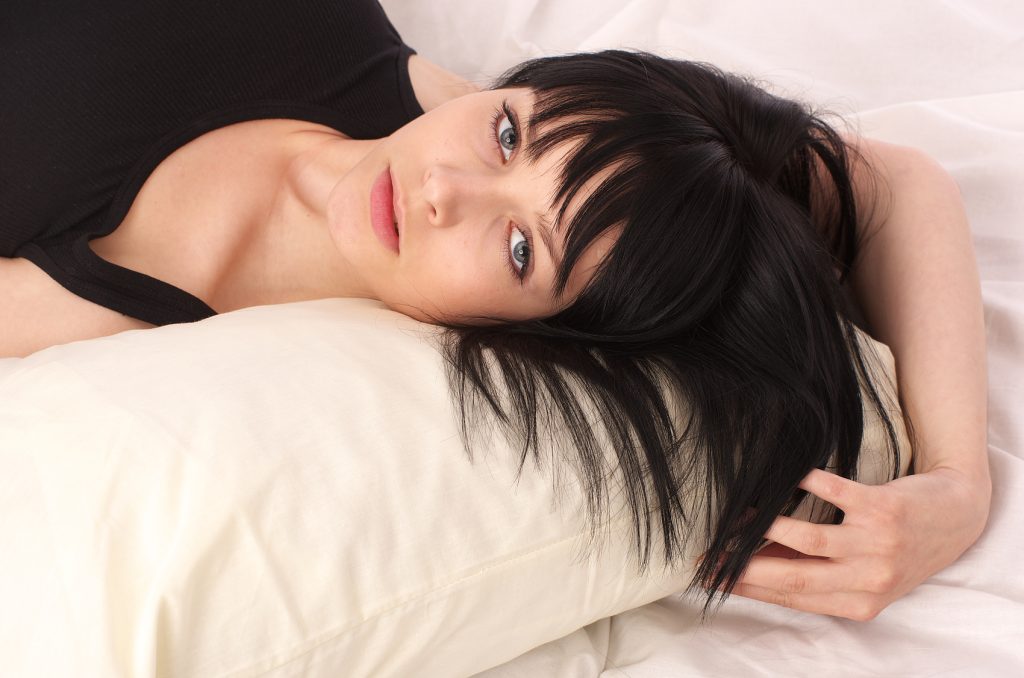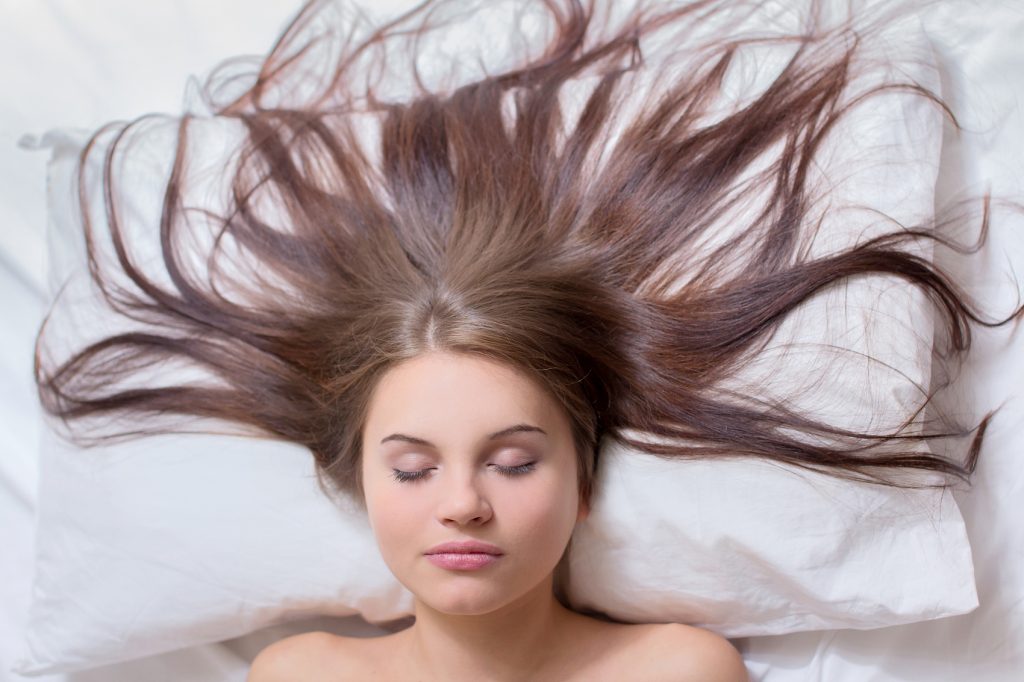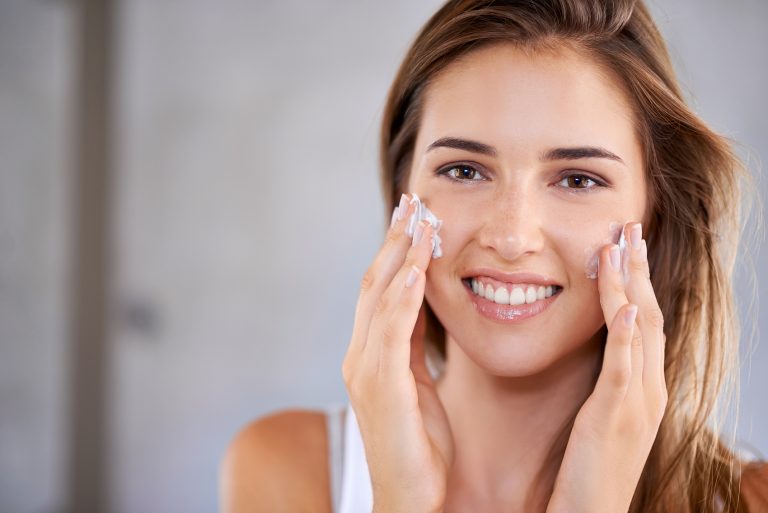When deciding between silk and bamboo pillowcases, bamboo is a great choice. It’s hypoallergenic, won’t dry out your hair and skin, and is generally cheaper than silk.
That said, silk pillowcases have their own benefits. Switching from cotton to silk can positively affect your hair and skin. Silk helps retain moisture due to its smooth surface and is gentle on both, reducing friction as you sleep.
To help you choose between silk and bamboo, let’s compare their pros and cons.

Silk vs. Bamboo Pillowcases
Texture:
Silk pillowcases are smoother, offering a more luxurious feel compared to bamboo.
Moisture Retention:
Both silk and bamboo pillowcases are great for dry, wavy, or curly hair. They retain moisture and won’t strip it away, which helps reduce tangles and split ends. Either choice can also help prevent wrinkles since they’re gentle on your skin.
Hypoallergenic:
Bamboo pillowcases are more hypoallergenic, making them ideal for those with sensitive skin or scalp conditions like dermatitis or psoriasis.
Appearance:
If you’re after variety, silk offers more color and design options, while bamboo has limited choices.
Eco-Friendliness:
Bamboo pillowcases are eco-friendly and made from sustainable materials, unlike silk.
Price Point:
Silk pillowcases tend to be more expensive than bamboo ones.
Care and Maintenance:
Bamboo pillowcases are easier to wash and maintain, while silk requires more delicate handling.

Conclusion: Silk vs. Bamboo Pillowcases
In summary, both silk and bamboo pillowcases have smooth textures that help maintain moisture in your hair and skin, making them better options than cotton. If you have sensitive skin, are on a budget, or want something eco-friendly and easy to care for, bamboo is the way to go. If you’re looking for a luxurious feel with plenty of design options, silk is your best bet.
Whichever you choose, switching to silk or bamboo will enhance your hair and skin health. Just make sure to ditch those cotton pillowcases!






